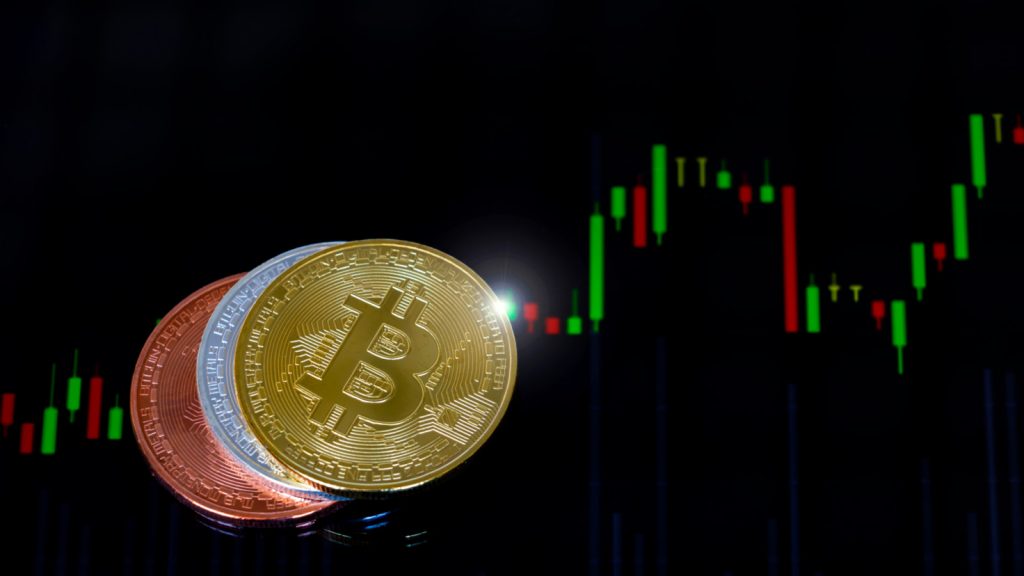Why Investors Are Predicting That the Price of bitcoins is About to Rise in the Near Future

With a possible economic collapse looming in the Middle East, many investors have become curious about investing in something that is not only stable but potentially very lucrative – the virtual currency called “bitcoins”. In recent years, the world has been debating the pros and cons of this relatively new form of digital money. But what really drives its value and appeal?
Rising inflation and the possibility of more federal stimulus spending in the U.S. is driving people to safe Haven assets. The price of a single bitcoin has increased almost 500% over the last year. This type of investment reflects the extreme optimism of investors – the ability to hedge against inflation with inflation-protected investments. This investment follows the same trend that the U.S. Dollar followed before the 2021 global financial meltdown, when investors were chasing after the holy grail of safe Haven assets such as the U.S. Dollar, hoping to make a substantial return on their massive investment. The rise and fall of the U.S. Dollar were extreme, to say the least.
Many different types of physical goods and services are purchased and sold on the open market, such as gasoline, airline tickets, houses and other common everyday items. The advantage of buying these assets in the form of bitcoins is that you can always sell your possession at a profit to create profit for yourself by converting it to cash. The problem with this approach is that, because the supply is finite, if you wait too long to unload your bitcoins, they will be worth less than they were when you purchased them. This dynamic is what makes investing in the stock market so complicated and often difficult for beginners. The great attraction of the virtual form of currency is that, because there are no physical limitations, you can trade and sell your bitcoins as often as you like.
With a limited supply of around 21 million bitcoins and an increasing number of users, it is inevitable that the value of each transaction will increase over time. One possible way for the value to do this is through what is called a “deflationary spiral”. As the price of bitcoins increase, fewer people will be willing to spend them due to inflation. In this scenario, the number of transactions per day would decrease to zero and it would take longer for the number of bitcoins in circulation to return to the level needed to keep the inflation rate low.
This could result in a short supply of bitcoins and a subsequent crash of the price per bitcoin. Since the current exchange rate between dollars and bitcoins is one dollar to one hundred fifty bitcoins, a twenty percent drop in the value of one percent, or about three percent per year, would be enough to cause a short supply of bitcoins and a corresponding crash in the value. If you’re an investor interested in learning why this might occur, then looking at why this occurs is one of the best reasons to learn about why the value of bitcoins is predicted to rise in the future.
This brings us to another bullish indicator which is the prior bull market in the previous three years. The prior bull market occurred just as the value of bitcoins was on the rise and many people were attracted into the investment due to its promising future returns. As the value of bitcoins increased over time, more investors were attracted to the business and the value per bitcoin increased along with it. The high value per bitcoin created what is called a “chain reaction” and investors rushed to buy up all they could so they could get in on the ground floor before others could catch on. The following chart shows how this chain reaction effect may play out if investors continue to buy up all the available bitcoins in order to prevent a decrease in value.
No related posts.










